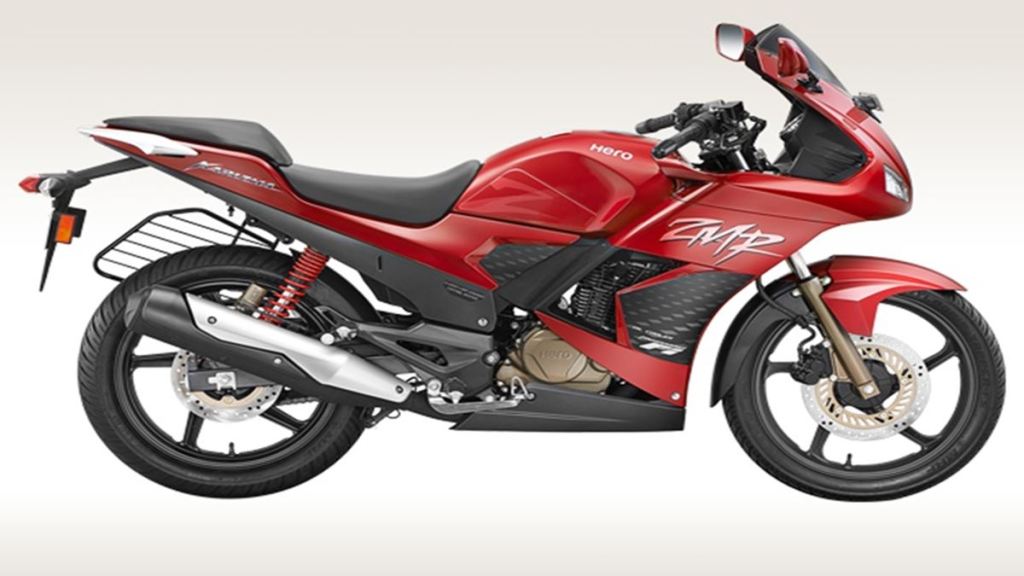As two-wheeler ownership continues to rise in India, ensuring adequate insurance coverage is paramount for safety and financial security. Two-wheeler insurance not only provides protection against unforeseen accidents but also complies with legal requirements mandated by the Motor Vehicles Act, 1988.
However, with a plethora of insurance options available in the market, selecting the right policy can be a daunting task. Here’s a guide on what to keep in mind before buying two-wheeler insurance.
Understanding the Types of Coverage
Two-wheeler insurance typically comes in two variants: third-party liability insurance and comprehensive insurance.
1. Third-Party Liability Insurance: This type of insurance covers damages caused to third parties, including bodily injury, death, or property damage. It is a mandatory requirement under the law for all two-wheeler owners. However, it does not cover damages to your own vehicle.
2. Comprehensive Insurance: In addition to third-party coverage, comprehensive insurance provides protection against damages to your own vehicle due to accidents, theft, natural calamities, fire, and vandalism. While not mandatory, comprehensive insurance offers extensive coverage and is highly recommended for comprehensive protection.
Also Read: How to earn higher cashbacks with credit card payments
Factors to Consider Before Buying
Coverage Needs
Assess your coverage needs based on factors such as your bike’s value, usage pattern, and budget. While third-party insurance meets legal requirements, comprehensive coverage offers added peace of mind by safeguarding against various risks.
Insured Declared Value (IDV)
IDV represents the maximum sum insured in case of total loss or theft of your vehicle. Ensure the IDV accurately reflects your bike’s current market value to avoid underinsurance or overpayment of premiums.
Add-On Covers
Evaluate add-on covers such as zero depreciation, roadside assistance, engine protection, and personal accident cover for enhanced protection. While add-ons increase premium costs, they offer valuable benefits during emergencies.
Claim Settlement Ratio
Research the insurer’s claim settlement ratio (CSR) to gauge their efficiency in settling claims. Opt for insurers with a high CSR to ensure prompt and hassle-free claim settlements.
Network of Cashless Garages
Check the insurer’s network of cashless garages to ensure convenient access to repairs and services in case of accidents or breakdowns. A wide network reduces out-of-pocket expenses and streamlines the claim process.
Tips for Cost Optimisation
Compare Premium Quotes: Obtain premium quotes from multiple insurers and compare coverage benefits, premiums, and deductibles to find the most cost-effective policy that meets your requirements.
Avail No-Claim Bonus (NCB): Maintain a claim-free record to avail of NCB discounts on premium renewal. NCB rewards policyholders with discounts ranging from 20% to 50% for each claim-free year, resulting in significant cost savings over time.
Choose Optimal Deductibles: Opt for higher deductibles if you can afford them, as they lower premium costs. However, ensure deductibles are within your financial means in case of a claim.
Adhil Shetty, CEO, Bankbazaar.com, says, “Renew your two-wheeler insurance policy before the expiration date to avoid policy lapses and potential penalties. Timely renewal also preserves NCB benefits and uninterrupted coverage. Purchasing two-wheeler insurance requires careful consideration of coverage needs, policy features, and cost optimisation strategies.”
By understanding the types of coverage and evaluating essential factors, you can make informed decisions and ensure comprehensive protection for your vehicle possessions on the road.


